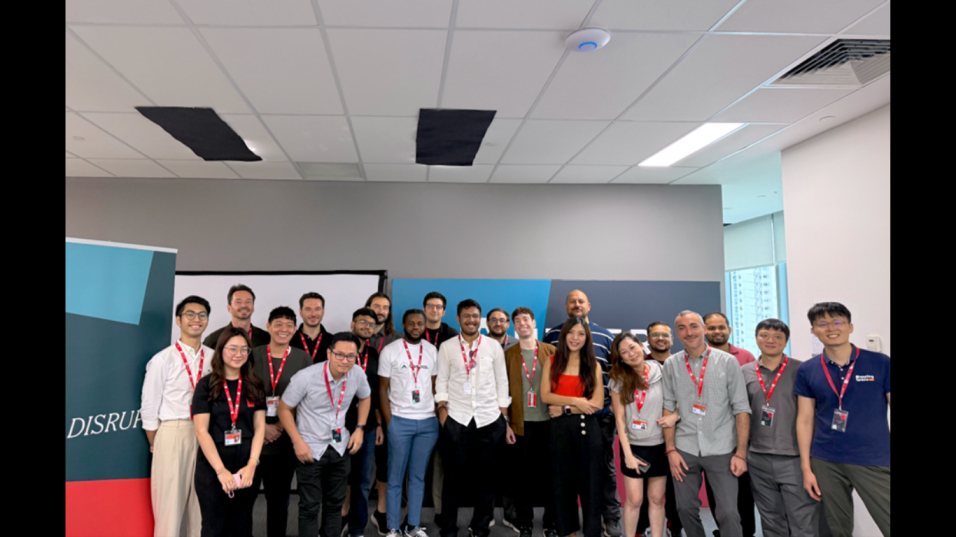Offshore talent has emerged as a game-changer in an age where firms are under constant pressure to be innovative, grow, and be light on their feet. In 2025, companies, supported by providers like KineticStaff, will leverage global talent pools not just to reduce expenses but to access specialized skills. The article examines the diverse talent of offshore and shows what companies can do to make the best out of their practice.
The Evolution of Offshoring: Beyond Cost Savings
In the past, offshoring was all about cost reduction as organizations outsourced their work to be done in areas where there is a lower wage rate, like India, the Philippines or Eastern Europe. The recent studies demonstrated labor costs offshoring can achieve cost savings of up to 70 percent in certain situations, but the story has changed. Major motivators are:
- Access to specialized skills
- Scalability
- Innovation
According to Research, the outsourcing services present in the global market exchange surpassed $854.6 billion in 2025, stepping towards value-based interactions. The market size is suggested to reach $389.7 billion by 2033, whereas the Business Process Outsourcing (BPO) market is projected to reach 414.81 billion in 2025. The origins of offshoring are given in the studies carried out by Deloitte in its Global Shared Services survey, which points to improved performance of business models as the two primary drivers of offshoring, with 65 percent of the respondent organizations mentioning the two.
Access to a Global Talent Pool
In 2025, there is unprecedented access to a bias-free, skilled employee pool through offshoring, solving talent shortages in the locale. It has been reported that two-thirds of the companies are experiencing delays in recruitment to fill gaps in skills in IT, which supports the point that offshore talent is a vital solution. Among the areas of interest are:
- India: India is a tech talent cum outsourcing leader with 54 percent of U.S businesses outsourcing the development to India.
- Latin America: This region consists of offshore staffing, is estimated to have a value of $15.9 billion in the year 2025.
- Eastern Europe: Countries such as Ukraine and Poland have access to talent that is affordable, averaging around 35,000 a year as opposed to 100,000 in the U.S.
Scalability and Flexibility
Offshore talent helps the business to grow dynamically without the conventional hiring limitations. Benefits include:
- Rapid team expansion
- Cost-effective adjustments
- 24/7 productivity
Driving Innovation and Competitive Advantage
World Economic Forum (WEF) records that workforces that are diverse foster creativity, and there are offshore teams. There are top trends such as:
- Knowledge Process Outsourcing (KPO): KPO can be claimed to be valued at 140.75 billion in 2025, therefore, supporting complex work such as data analytics and AI development, which will triple by 2030.
- International customer outreach: 54 percent of companies have offshore support connecting them to customers across the globe.
- Adoption of technology: By 2035, it is predicted that 80 percent of the offshore companies will embrace the use of low-code/no-code platforms in accelerating their development.
Challenges and Mitigation Strategies
With offshoring, challenges abound; they should be addressed actively:
- Language of communication: Stylistic and time zone mismatches can be a headache, according to Unity Communications.
- Data security: The WEF reports that 53 percent of organizations have identified third-party cyber risks as an issue.
- Talent shortages: It is estimated that there will be a 4 million shortage of developers in 2025.
Mitigation strategies include:
- Cultural onboarding: There are special teams and programs, such as Zoom, Slack,and Jira to facilitate teamwork.
- Cybersecurity protocols: The protocols are put in place with cyberspace observation and legal protection in real-time.
- Talent pipelines: Working with an agency such as nCube or Full Scale that have pre-vetted professionals.
Strategic Partnerships and Cultural Alignment
Latin America Nearshoring is rising, and 9 in 10 IT companies are mentioning cost savings and cultural fit. Other trends are:
- Automation: An increase of 42 percent of automated processes within the offshore teams.
- DEI initiatives: 56 leaders mention the intricate processes of talent acquisition.
Conclusion
In 2025, offshore talent as a strategic asset brings with it a competitive edge through the use of world knowledge, scalability, and innovation. The problems, such as communication and security, should be managed carefully, whereas strategic alliances unleash vast potential. Due to a rising outsourcing market, organizations that adopt offshore expertise will meet stiff competition in the market.
Article received via mail































